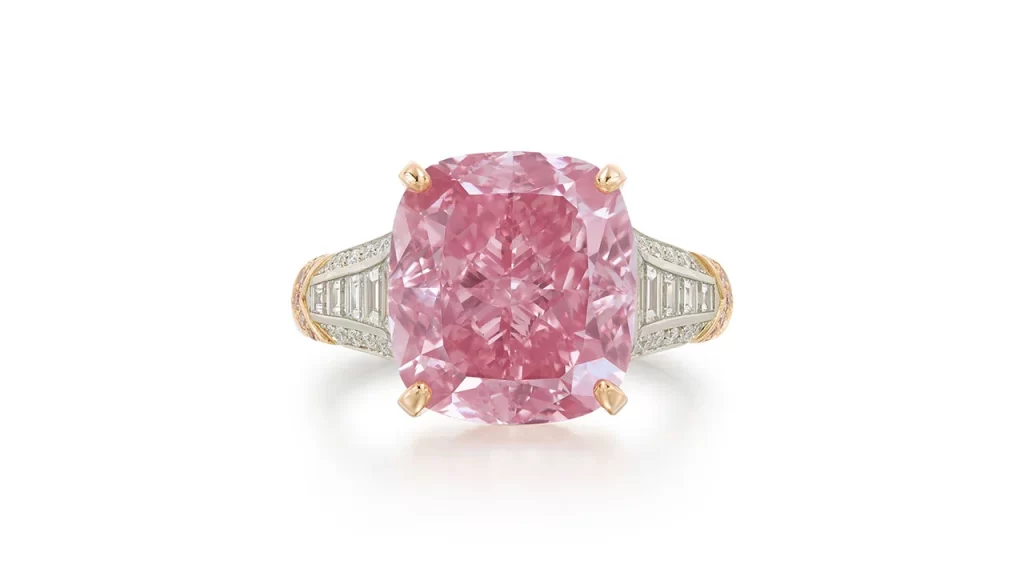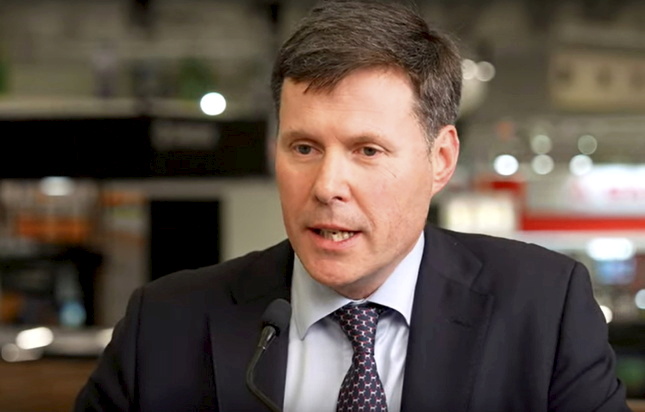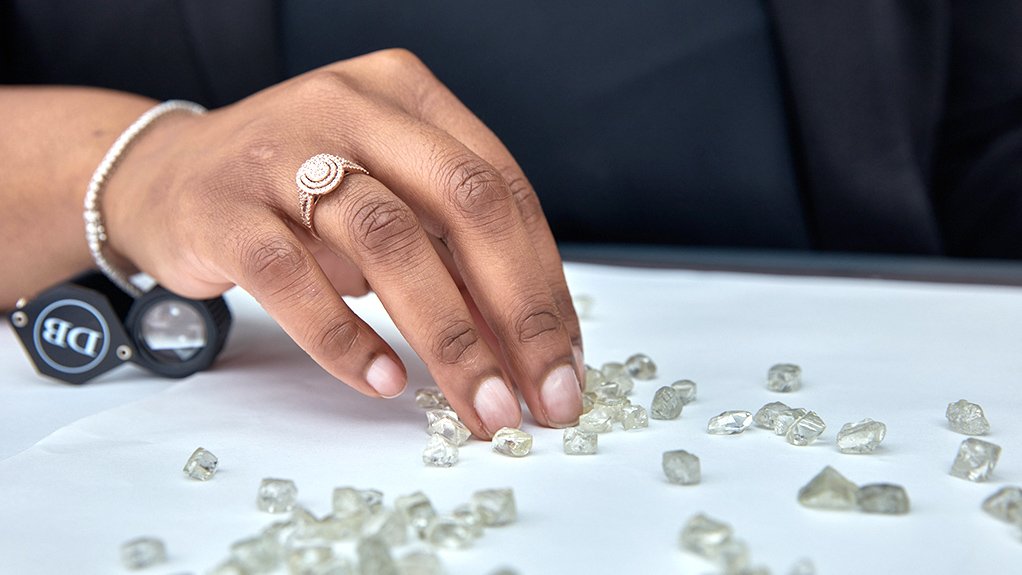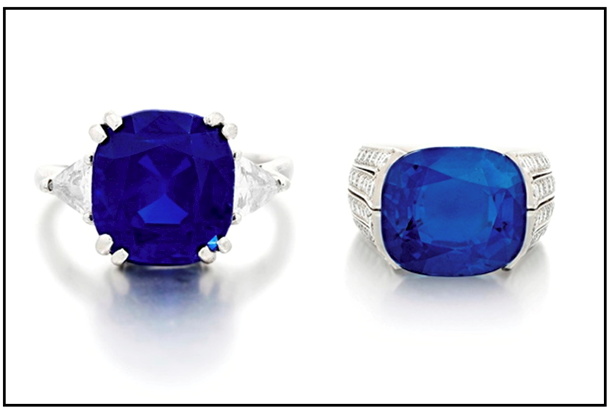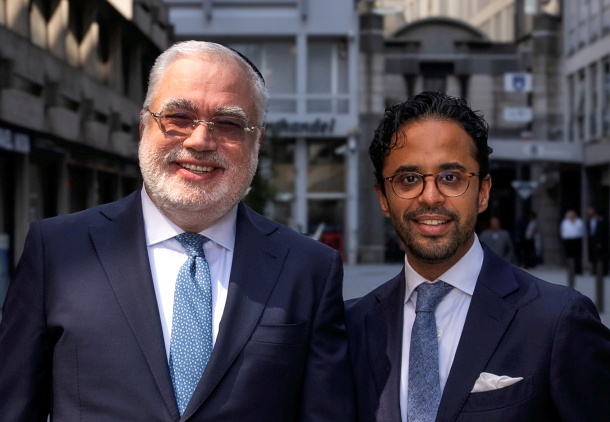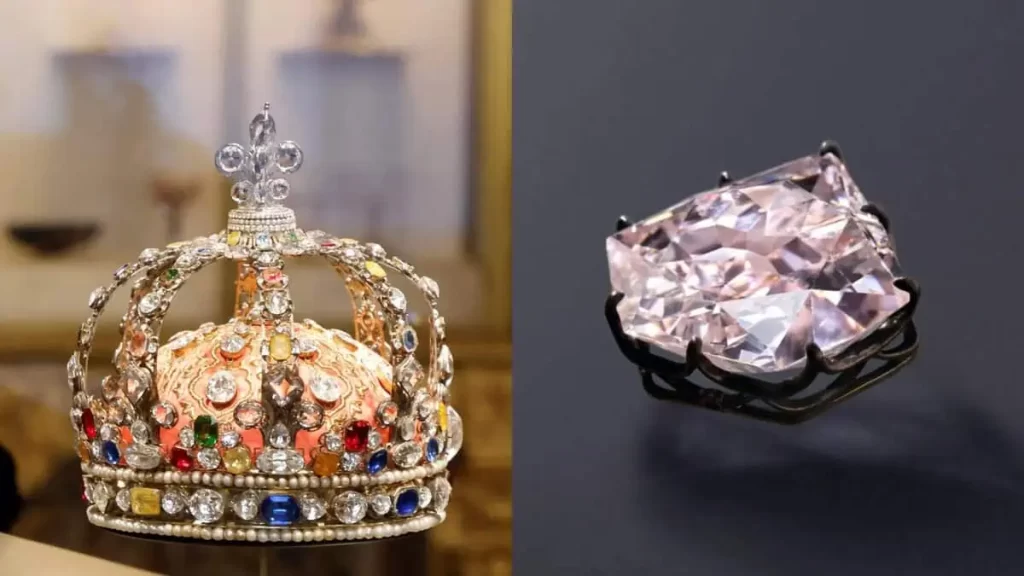
On Sunday, October 19, 2025, the world’s most famous museum became the scene of a real-life thriller. Paris’ The Louvre’s Apollo Gallery, home to priceless crown jewels and some of the most extraordinary diamonds ever mined, was brazenly targeted by masked thieves. Using a mechanical ladder and cutting through reinforced glass panes, the robbers reached the gallery around 9:30 a.m. local time and disappeared in 7 minutes with their haul.
What makes this heist especially fascinating is the connection to Andhra Pradesh’s Golconda mines, historically the source of some of the world’s most coveted diamonds. Several of these legendary stones, including the Regent, Hortensia, and Sancy, are housed in the Apollo Gallery of the Louvre.
Golconda diamonds on display at the Louvre
The most famous of the Golconda gems in the Apollo Gallery is the Regent Diamond, weighing 140 carats. This legendary stone was once embedded in Napoleon’s coronation sword and has a dramatic history. It was smuggled out of India by an enslaved man, who hid the diamond in his leg to secure his escape, only to be fatally attacked by the merchant who purchased it. Despite its storied past and supposed curse, officials have confirmed that the Regent was not stolen during the recent heist, according to the BBC.
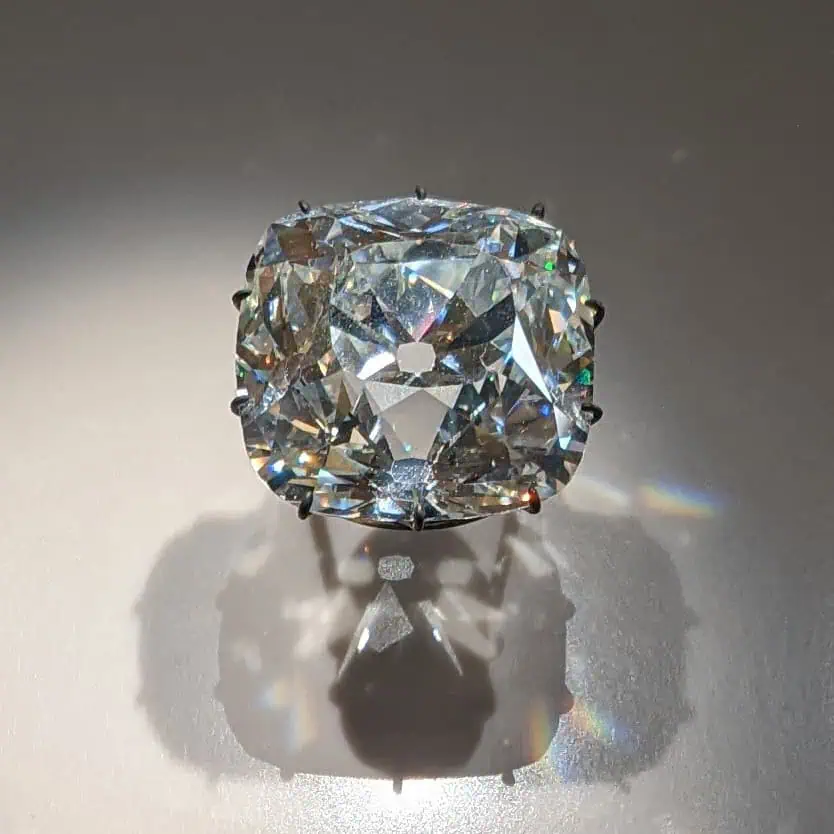
Another historic gem, the Hortensia Diamond, is a 20-carat pink diamond renowned for its rare hue. Its status following the robbery remains uncertain, adding a layer of intrigue to the heist.
Beyond these, several other diamonds in the Apollo Gallery, including those set in tiaras and necklaces, are believed to have been mined in Golconda, India. During the 18th and 19th centuries, India was the world’s largest supplier of natural diamonds, and these stones reflect the country’s historic significance in the global luxury and jewellery world.
Indian internet calls for reclamation
The Louvre heist has reignited conversations about repatriation, which means the idea of returning cultural treasures to their countries of origin. India, with its centuries-old legacy of diamond mining and craftsmanship, has seen many of its prized Golconda gems travel to European royal collections.
Since news of the robbery broke, netizens on X and Instagram have been vocal about India reclaiming its historic treasures. Posts and threads highlight the legendary journey of diamonds like the Regent, Hortensia, and more from the mines of Golconda to European royal courts. Many users argue that these jewels are not just luxury items but symbols of India’s rich heritage that belong at home. Others have called the heist a reminder of why cultural artefacts should be protected, and, if possible, returned to their country of origin.
Source: Siasat.com




